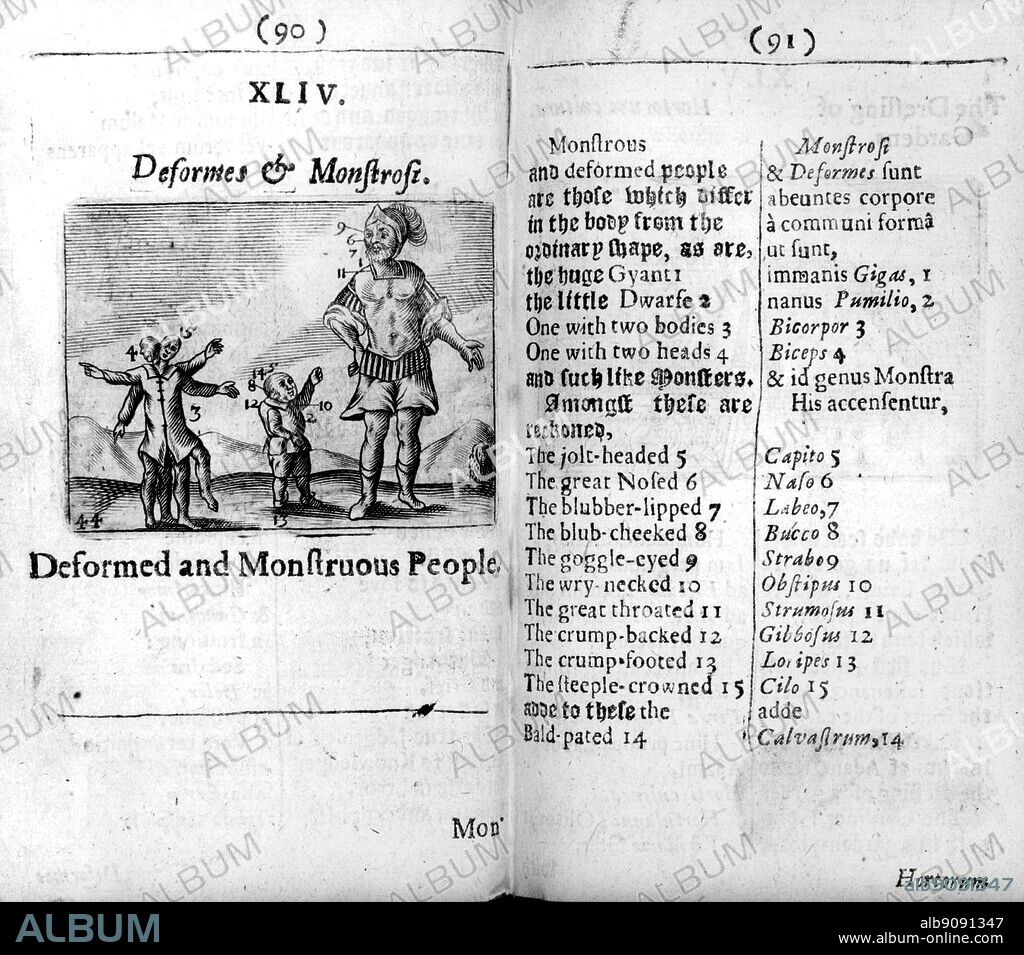alb9091347
Komensky. The Visible World. In the mid 17th century, Comenius created a new educational philosophy called Pansophism, or universal knowledge, designed to bring about worldwide understanding and peace. He advised teachers to use children's' senses rather than memorization in instruction. To make learning interesting for children, he wrote The Gate of Tongues Unlocked (1631), a book for teaching Latin in the student's own language. He also wrote Orbis Sensualium Pictus (1658; The Visible World in Pictures, 1659) consisting of illustrations that labeled objects in both their Latin and vernacular names. It was one of the first illustrated books written especially for children. Jan Amos Comenius, 1592 - 1670, was one of the most celebrated educational reformers of early modern times. he was not only a famous educationalist, but also a theologian, a cosmograph and a scientist. In this paper some ideas about the world-view of Comenius are going to be discussed by the interpretation of some emblematic figures. The Christian view of the world is determined by creation story (the book of Genesis) in the Holy Bible. European world-views of the early 17th century were influenced by religious, social and economic changes which had taken place after the reformation and counter-reformation. The imagination of World and universe also changed radically. The globe became a symbol of the world und the beneficial role of God.

|
Ajouter à une autre Lightbox |
|
Ajouter à une autre Lightbox |



Avez-vous déjà un compte? S'identifier
Vous n'avez pas de compte ? S'inscrire
Acheter cette image
Légende:
Voir la traduction automatique
Komensky. The Visible World. In the mid 17th century, Comenius created a new educational philosophy called Pansophism, or universal knowledge, designed to bring about worldwide understanding and peace. He advised teachers to use children's' senses rather than memorization in instruction. To make learning interesting for children, he wrote The Gate of Tongues Unlocked (1631), a book for teaching Latin in the student's own language. He also wrote Orbis Sensualium Pictus (1658; The Visible World in Pictures, 1659) consisting of illustrations that labeled objects in both their Latin and vernacular names. It was one of the first illustrated books written especially for children. Jan Amos Comenius, 1592 - 1670, was one of the most celebrated educational reformers of early modern times. he was not only a famous educationalist, but also a theologian, a cosmograph and a scientist. In this paper some ideas about the world-view of Comenius are going to be discussed by the interpretation of some emblematic figures. The Christian view of the world is determined by creation story (the book of Genesis) in the Holy Bible. European world-views of the early 17th century were influenced by religious, social and economic changes which had taken place after the reformation and counter-reformation. The imagination of World and universe also changed radically. The globe became a symbol of the world und the beneficial role of God.
Crédit:
Album / TopFoto
Autorisations:
Modèle: Non - Propriété: Non
Questions sur les droits?
Questions sur les droits?
Taille de l'image:
4922 x 4336 px | 61.1 MB
Taille d'impression:
41.7 x 36.7 cm | 16.4 x 14.5 in (300 dpi)
 Pinterest
Pinterest Twitter
Twitter Facebook
Facebook Copier le lien
Copier le lien Email
Email
